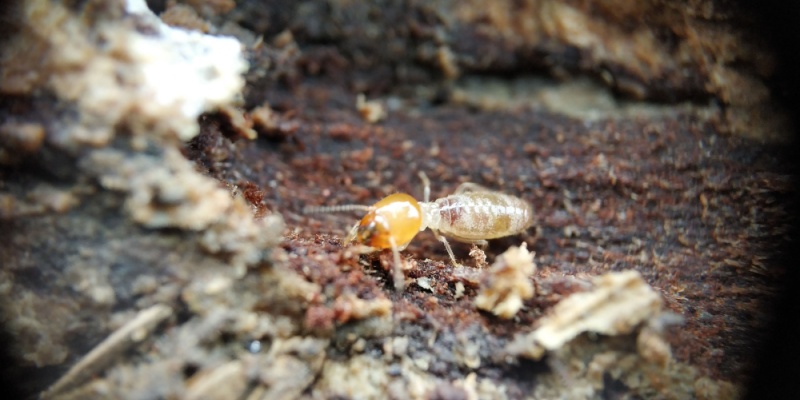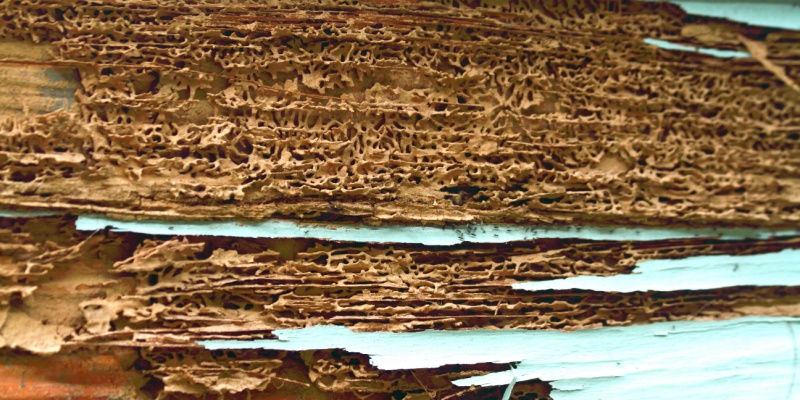Southern California’s warm, dry climate is an ideal breeding ground for drywood termites. These pests can cause severe structural damage if not detected and treated promptly. Protecting your home from these silent destroyers requires a combination of preventative measures, regular inspections, and professional treatments. Here’s how you can safeguard your Southern California home from drywood termites:
1. Understanding Drywood Termites
Drywood termites thrive in dry wood environments and do not need soil contact to survive. They can infest various wooden structures within your home, from the attic to the foundation. Unlike subterranean termites, drywood termites live entirely within the wood they consume, making them harder to detect.
2. Preventative Measures
Preventing a termite infestation is the first line of defense. Here are some steps you can take:
- Seal Cracks and Openings: Inspect your home’s exterior for cracks and gaps, especially around windows, doors, and the foundation. Seal these openings with caulk or other appropriate materials to prevent termites from entering.
- Proper Ventilation: Ensure your attic, crawl spaces, and basement are well-ventilated. Good airflow reduces moisture, making these areas less attractive to termites.
- Reduce Wood-to-Ground Contact: Avoid direct contact between soil and wood structures. Use concrete supports for wooden posts and keep mulch, firewood, and wooden debris away from your home’s foundation.
- Maintain Landscaping: Trim trees and bushes away from your home to reduce moisture and prevent termites from using branches as bridges to your house.
- Regular Maintenance: Keep your home in good repair. Replace or repair any damaged or rotting wood promptly, and address any leaks that could increase moisture levels in wooden structures.
3. Regular Inspections
Scheduling regular termite inspections is crucial, especially in termite-prone areas like Southern California. A professional pest control company can identify early signs of an infestation and recommend appropriate treatments.
- Annual Inspections: Have your home inspected by a professional at least once a year. They can detect subtle signs of termite activity that homeowners might miss.
- DIY Checks: In between professional inspections, perform your own checks. Look for signs of termite activity, such as discarded wings, frass (termite droppings), and hollow-sounding wood.
4. Treatment Options
If an infestation is detected, several treatment options are available to eradicate drywood termites:
- Spot Treatments: For localized infestations, spot treatments can be effective. These involve injecting termiticide directly into the affected wood.
- Whole-Structure Fumigation: For extensive infestations, whole-structure fumigation may be necessary. This process involves sealing your home and filling it with gas that penetrates all areas to eliminate termites.
- Heat Treatments: Heat treatments involve raising the temperature in your home to levels that are lethal to termites. This is a chemical-free option but requires professional equipment and expertise.
- Electro-Gun Treatments: This method uses electrical currents to kill termites within the wood. It is less invasive than fumigation but may not be suitable for large infestations.
5. Professional Help
Partnering with a reliable pest control company is essential for effective termite management. Professionals have the experience, tools, and knowledge to identify, treat, and prevent termite infestations.
- Customized Treatment Plans: A professional will assess your home’s specific needs and develop a tailored treatment plan to address the infestation and prevent future problems.
- Ongoing Monitoring: After treatment, ongoing monitoring is crucial to ensure the termites have been eradicated and to catch any new activity early.
- Warranty and Guarantees: Many pest control companies offer warranties and guarantees for their work, providing peace of mind that your home is protected.
6. The Importance of Swift Action
Termites work silently and can cause significant damage before their presence is noticed. Taking swift action at the first sign of an infestation can save you from costly repairs and extensive damage.
- Know the Signs: Familiarize yourself with the signs of a termite infestation, such as discarded wings, frass, and hollow wood.
- Act Quickly: If you suspect termites, contact a professional immediately for an inspection and treatment plan.
Protecting your Southern California home from drywood termites requires diligence and proactive measures. By staying informed, conducting regular inspections, and working with pest control professionals, you can keep your home safe from these destructive pests.



